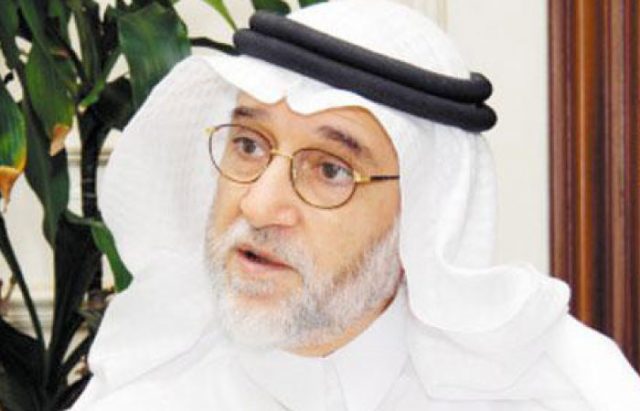
SGS to build 40 new seismic stations
The Saudi Geological Survey (SGS) has drawn up a plan to set up a national network comprising 220 monitoring stations for monitoring seismicity.
The SGS has completed the construction of 180 stations till now and it is expected to set up the remaining 40 stations within the next three years. In addition, the SGS has assigned 18 other stations to measure the velocity of tremors.
SGS President Dr. Zohair Abdulhafeez Nawab said the earthquake in the Gulf of Aqaba at Thursday dawn was a series of 340 consecutive tremors that continued until Friday morning. The magnitude of the main shock in was 4.8 on the Richter scale.
Nawab said the consecutive tremors in the Aqaba region was described as a “seismic storm” with a weak tempo at different intervals. They did not pose any risk for the surrounding areas.
He said the Gulf of Aqaba is considered to be among the most active seismic areas that affect the Kingdom and the neighboring countries, including Egypt, Jordan and Palestine.
“This seismic activity was not the first of its kind. It recurs at short intervals. This region has been subject to recurrent seismic storms. In 1993, a seismic storm was registered with the highest magnitude reaching 5.8 on the Richter scale,” Nawab said.
In 1983, a seismic storm was registered in the region with the highest magnitude reaching 4.8 on the Richter scale.
Nawab said the Kingdom is bounded by seismic zones that can affect it. “However, the tremors range between weak and moderate and are mostly not violent,” he added.
Seismic activity in the Kingdom is greatly linked to the movement of tectonic plates that in turn have an effect on the local activity. “The reasons for the concentration of local seismic activity along the western part of the Kingdom, especially in the Arabian Shield, are attributed to the forces that affect the Kingdom especially its peripheries. These forces are then transmitted to the internal part of the Arabian plate. The forces accumulate until they reach a limit that exceeds the bearing capacity of the existing rocks. This results in an earthquake or it might reactivate the existing faults in the Arabian plate,” the SGS president.
As for complying with the building code and constructing earthquake-resistant buildings, Nawab stressed that the building code is not an option, but it is compulsory especially in the hot spots on the Red Sea coast.
“Non-abidance by the building code increases the losses in lives and properties. If the building code is complied with during construction of the infrastructure and big commercial buildings, it will be a guarantee for safety,” he said.
On the possibility of predicting earthquakes, Nawab said: “The earthquake epicenter can be located anywhere in the world because it is known to all. They are known as seismic belts. However, it is impossible currently to predict where and when an earthquake will occur.
“Scientists all over the world are striving to reach scientific methods and theories through which they can predict an earthquake before it takes place. But none of them have succeeded till now, as earthquakes are among the phenomena of the universe that occur due to geological processes inside the earth. They affect man and his properties but it is impossible to prevent the occurrence of a natural phenomenon. Therefore, all the countries of the world, whether they are characterized by strong or weak seismic activity , strive to set up seismic stations to monitor seismic activity. They also set up a database to conduct specialist scientific studies so as to mitigate the effects of earthquakes and volcanoes and protect lives and properties.”
Nawab said the National Center for Earthquakes and Volcanoes works round the clock in receiving and analyzing seismic data. The center immediately informs the related authorities on seismic events, especially the Directorate General of Civil Defense. The center is deemed among the biggest seismic monitoring networks in the Middle East.

























